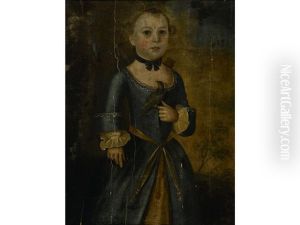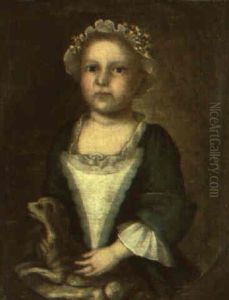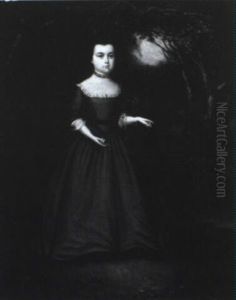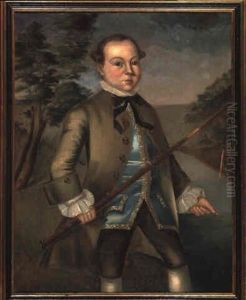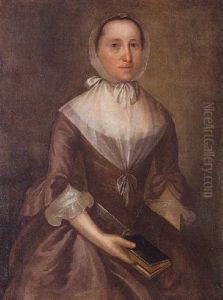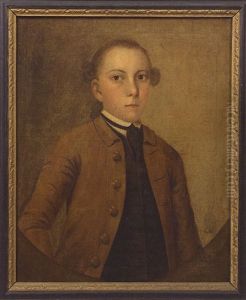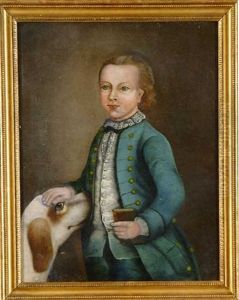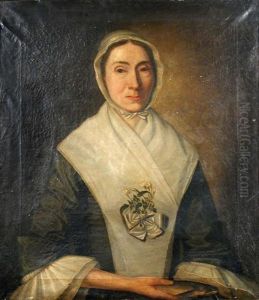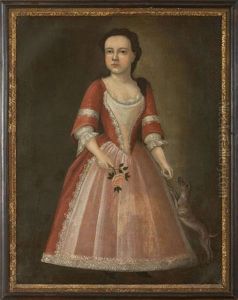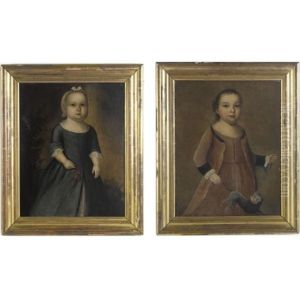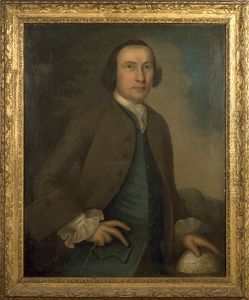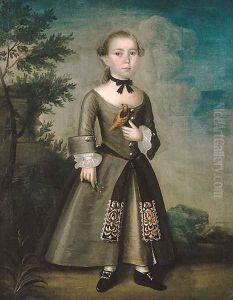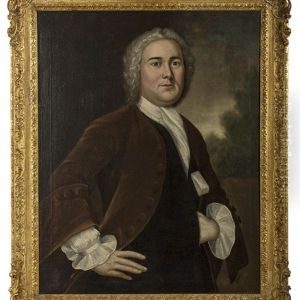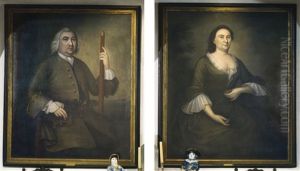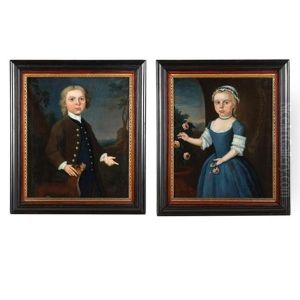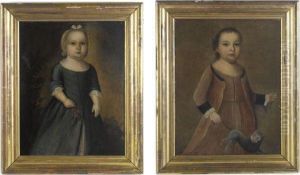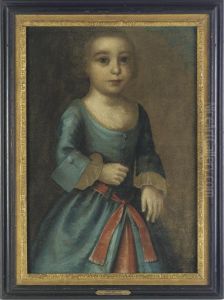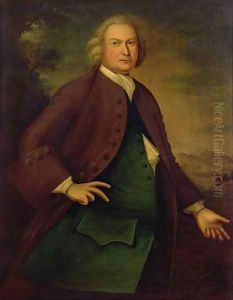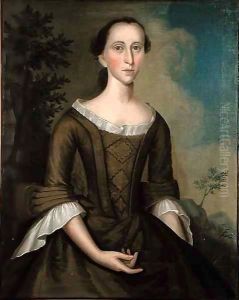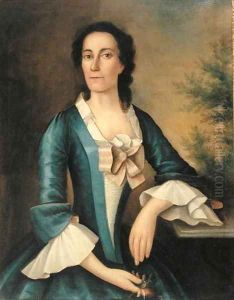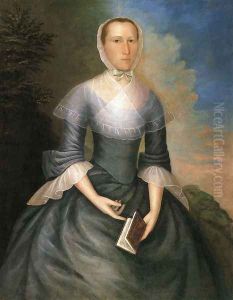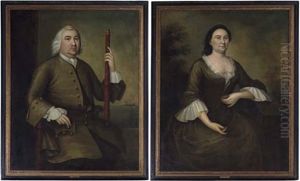Joseph Badger Paintings
Joseph Badger was an American artist born in the early 18th century, specifically in 1708 in Charlestown, Massachusetts. His background and early life remain relatively obscure, but he is known to have been one of the most significant American portrait painters of his time, particularly in the New England region. Badger's work was influenced by the styles of the English portraitists of the period, which he adapted to his own American context.
Badger likely received some level of formal training, though the details of his artistic education are not well-documented. It is speculated that he may have been a pupil or follower of the artist John Smibert, who was a prominent painter in Boston and had a considerable impact on the development of colonial American art. Badger's paintings are characterized by their straightforward and honest portrayal of the subjects, often using a limited color palette and simple backgrounds that focus attention on the figure.
Throughout his career, Badger established himself as a prolific portraitist, producing a large number of portraits of local clergymen, merchants, and their families. His ability to capture the likeness and personality of his subjects was well-regarded, and his portraits remain valuable records of colonial American life and fashion.
Joseph Badger's most productive period was from the 1730s through the 1760s. His work did not evolve significantly over the years, maintaining a consistent style. He is remembered for his contributions to early American art and for the role he played in documenting the faces of colonial society.
Badger's death in 1765 marked the end of an era for New England portraiture. His paintings are now part of various museum collections and continue to be studied for their historical and artistic value. They provide insight into the early development of American portraiture and the cultural landscape of the period in which he lived.
